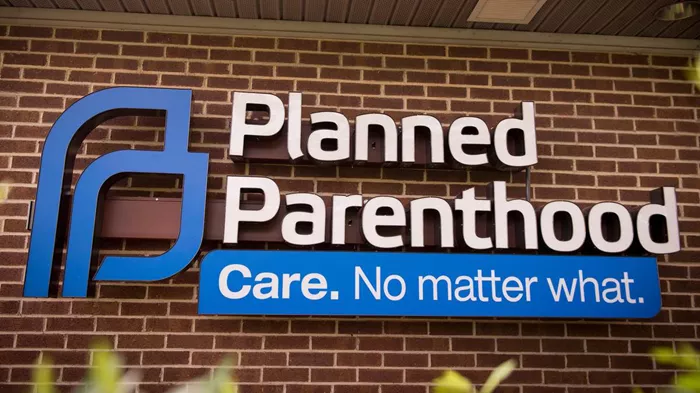At first, donations and support for abortion providers increased. But now, that wave has faded. Dozens of clinics have closed, and many fear that upcoming changes in federal policy could cause even more closures.
“We’re all collectively struggling,” said Ramsie Monk of the Women’s Health Centers of West Virginia and Maryland. Her group opened a clinic in Maryland in 2023, right after abortion was banned in West Virginia.
Mercedes Sanchez, who leads Cedar River Clinics in Washington, added, “I honestly don’t know if it’s a sustainable model.” She explained that clinics, providers, and funding groups are working hard, but the road ahead is difficult.
Medication Abortions Help, But Aren’t a Complete Fix
Since the Supreme Court’s 2022 decision, more abortions are being done using pills, often through telehealth. This has made access easier for some — even in states with bans.
However, not all patients can use abortion pills. Some prefer surgical procedures, and legal battles continue over how abortion pills can be prescribed and shipped.
Lack of Funding Makes Abortion Hard to Access
Unlike other health care, abortion isn’t always covered by private insurance. By law, federal money can’t be used for abortion, but some states use Medicaid funds. Many patients must rely on donations or help from abortion funds to cover travel, clinic fees, or child care.
Demand for these services has surged. Lynn McCann-Yeh of the Baltimore Abortion Fund said, “The resources have not kept pace with demand continuing to surge.”
In the last few years, 12 states have banned abortion entirely, while 4 more ban it after about six weeks. This has forced more people to travel long distances. Travel costs now often exceed $1,000 per person, according to the National Abortion Federation.
Some Clinics Are Closing Despite No New Bans
Even in states where abortion is legal, clinics are shutting down. The group I Need An A has tracked at least 105 clinic closures since the 2022 Supreme Court ruling.
- 29 were in states with total bans.
- 11 were in states with early-term bans.
- 65 were in states without new bans.
- Only 34 new clinics have opened or moved to safer states since then.
“We’re seeing entire communities lose care with no replacement,” said Rebecca Nall, who runs the I Need An A project.
Planned Parenthood, one of the largest providers, recently announced closures at eight clinics in Iowa and Minnesota. They said fewer patients in Iowa and reduced budgets were behind the decision.
Politics and Funding Cuts Make It Worse
Federal support is shrinking. In March, the U.S. Department of Health and Human Services withheld $27.5 million in funding that clinics expected to receive for contraception, cancer screenings, and STD testing.
At least 11 Planned Parenthood regions were affected. Some of these clinics also provide abortions.
“This is a public health crisis of epic proportions,” said Brittany Fonteno, head of the National Abortion Federation. “We’re not just seeing abortion care deserts — we’re seeing reproductive health deserts.”
More Threats From Upcoming Federal Policies
A budget bill supported by former President Donald Trump could hit abortion access even harder.
The proposed law would:
Block any federally supported health insurance from covering abortions (except in cases of rape, incest, or life-threatening pregnancies).
Cut Medicaid funding to Planned Parenthood entirely.
Planned Parenthood said the result could be the closure of half of its abortion-providing clinics, which make up one-fourth of the nation’s abortion facilities.
Alexis McGill-Johnson, president of Planned Parenthood Federation of America, said, “It’s always been hard to fund health care for low-income people. Now it’s getting worse.”
Conclusion
Even though abortion remains legal in many parts of the U.S., access is shrinking. Fewer clinics, higher travel costs, and lower funding mean that people — especially those with low incomes — are finding it harder than ever to get the care they need. For now, clinics and abortion funds are doing their best to help. But the future looks uncertain.
Related topics:
- Kraft Heinz to Remove Artificial Food Dyes from U.S. Products by 2027
- GOP Pushes Work Rules for Food Stamps and Medicaid Recipients
- New Covid Variant Now Causes Over One-Third of U.S. Cases


